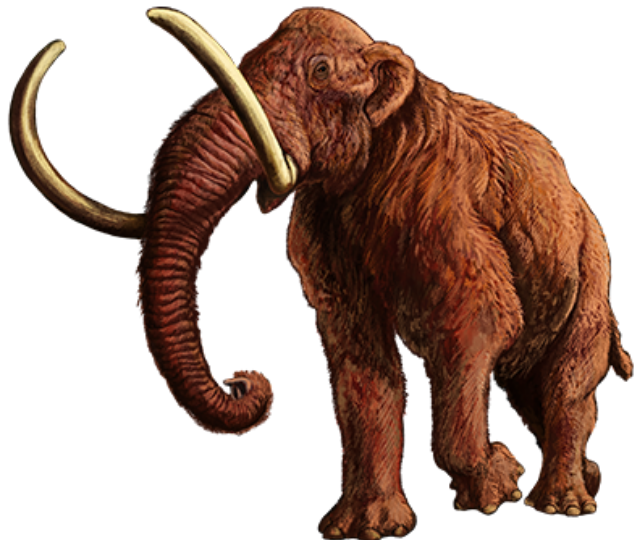The woolly mammoth, a giant animal that went extinct thousands of years ago, could be making a comeback as scientists at Colossal Biosciences are working to bring the species back.
We have been able to learn about these creatures through cave drawings and by finding and studying well–preserved bodies. In 2012, a body of an infant woolly mammoth was found and was studied in Hong Kong.
According to The Guardian, scientists are working to “recreate mammoths and return them to the wild.” Funding for this project is being provided by Colossal, a bioscience and genetics company founded by Ben Lamm and George Church.
The process to begin creating these “new” mammoths is broken down into four steps.
According to The Guardian, scientists will first get genomes that will be taken from frozen woolly mammoths and will be tested to make sure they have a specific mammoth gene.
Secondly, skin cells will be taken from Asian elephants and will be edited to carry the mammoth genes that were previously found.
The next step involves scientists creating an egg with stem cells. The nucleus will then be replaced with the nucleus that was from the skin cell containing the mammoth DNA.
The last step will require scientists to stimulate the egg and then have it be carried to term by either growing it in an artificial womb or by being placed in a surrogate elephant.
Many people were asking, “why?” Brendon Lloyd, a junior computer science major, said he was curious about the scientists’ motivation for bringing mammoths back.
“I want to know why scientists are so interested in this project. If the experiments are successful, then that would push genetic engineering by leaps and bounds,” Lloyd said.
According to The Guardian, scientists believe that creating mammoth-elephant hybrids will help conserve Asian elephants. They also believe that the introduction of these hybrids will help address the degradation of the arctic tundra due to climate change.
Jeremiah Boyd, a junior math major, is skeptical.
“I think that resurrecting mammoths is a slippery slope because of the potential to cause harm to the current ecosystems,” Boyd said.
While some are interested and excited to hear more news about the possibility of there being a mammoth-elephant hybrid, some people, like sophomore chemistry major Morgan Hunter, believe that this work is a waste of time and that scientists should be working on other subjects.
“They should be focusing on situations that are currently affecting the livelihoods of people in this world, such as global warming, infectious diseases, and other concerns where their solutions can help,” Hunter said.
Since the $15 million budget has recently been cleared, scientists will soon begin their research and attempts on creating these mammoth-elephant hybrids. Their hope is to have embryos and calves walking the earth in the next six years.
Scientists say that it will take these hybrids 22 months to gestate and then 30 years to grow to full maturity. If this experiment is successful, then scientists believe that these animals will begin to have a positive effect on the climate crisis.




